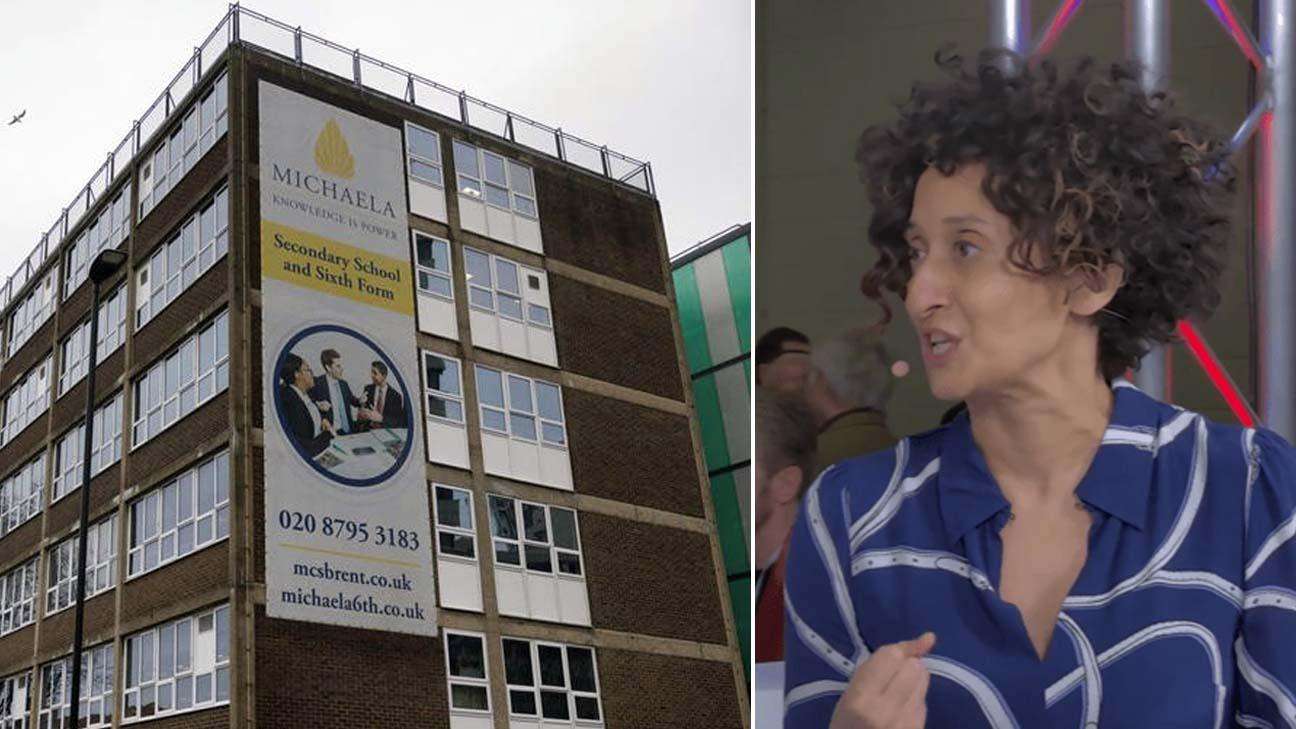The UK housing market is navigating a shifting landscape, as newly listed asking prices experienced an unusual dip in June, marking a stark contrast to typical seasonal upticks. Data from property portal Rightmove reveals a 0.3% fall in new seller asking prices, equivalent to £1,277, bringing the national average to £378,240. This unexpected decline comes as the number of homes on the market swells to a decade-high, creating a competitive environment where sellers are adjusting expectations to secure buyers, Daily Dazzling Dawn understands.
A Deeper Dive into the Last Six Months:
Looking back over the past six months, the UK housing market has shown a mixed picture. While average UK house prices generally saw annual increases of around 6.4% to 6.7% by March 2025, according to the ONS and Land Registry, the recent dip in asking prices suggests a cooling off, particularly in the immediate term. For instance, London saw minimal annual growth at 0.8% by March, while regions like the North East and Yorkshire and The Humber experienced more robust increases.
The latest Rightmove figures suggest a potential inflection point. The dip in June's asking prices is largely attributed to a delayed reaction to significant stamp duty changes implemented at the start of April 2025. These revisions, which lowered thresholds for first-time buyers and increased rates for additional properties (e.g., buy-to-let and second homes), have directly impacted buyer affordability, especially in higher-priced regions. For example, a first-time buyer purchasing a £350,000 property post-April now faces a £2,500 stamp duty bill where there was previously none. This has likely dampened buyer enthusiasm and transaction volumes, with some estimates showing a 15% drop in transaction volumes in the first week of April compared to late March.
Simultaneously, the sheer volume of properties entering the market, reaching a ten-year high, is placing downward pressure on prices. As Colleen Babcock, a property expert at Rightmove, points out, "With more sellers coming into the market than new buyers, pricing realistically remains key for a successful sale." This sentiment is echoed by agents observing that competitively priced homes are significantly more likely to attract immediate buyer interest, with those receiving an enquiry on the first day of marketing being 22% more likely to find a buyer.
Regionally, the impact is uneven. The high-value areas of the South West, South East, and London have experienced the largest price drops, correlating with the disproportionate effect of the stamp duty changes and the most substantial increases in available housing stock. Conversely, the more affordable North West, Wales, and Yorkshire and The Humber have seen prices actually rise this month, being less affected by stamp duty hikes (or entirely exempt in Wales' case) and experiencing more modest increases in housing supply.
Economic Headwinds and Global Echoes:
Beyond domestic policy shifts, the broader economic climate and global events cast a long shadow over the UK housing market. While inflation has eased substantially, prompting the Bank of England to cut interest rates from 5.25% in August 2024 to 4.25% in May 2025, the future path of interest rates remains uncertain. Warnings from Bank of England Governor Andrew Bailey about the potential impact of global trade tensions, such as those arising from Donald Trump's tariffs, could influence future rate decisions and, consequently, mortgage affordability.
The ongoing war in Ukraine continues to exert inflationary pressure on energy and commodity prices, which can feed into the broader cost of living and impact household budgets, affecting their ability to save for deposits or meet mortgage repayments. While the UK economy has shown resilience, persistent inflationary pressures and a cautious consumer sentiment could limit significant upward movement in house prices.
The Road Ahead: Up or Down?
Predicting the precise trajectory of UK house prices over the next 6-12 months is complex, given these intersecting factors.
Downward Pressure: The immediate forces point to continued downward pressure on asking prices. The glut of available homes, coupled with the impact of recent stamp duty changes, creates a buyer's market where realistic pricing is paramount. Lingering cost-of-living concerns and potential global economic instability (exacerbated by ongoing conflicts) could also temper buyer demand.
Upward Potential (Limited): The recent interest rate cuts by the Bank of England offer some relief for mortgage holders and potential buyers, potentially stimulating demand. However, these cuts are already factored into current market sentiment to some extent. Regional variations will remain significant, with more affordable areas potentially seeing continued modest growth due to lower entry costs and less exposure to the higher stamp duty impact.
Overall Outlook:
Based on current data and expert analysis, it appears the UK housing market is likely to see a period of price stabilization, with potential for slight decreases in asking prices in the short term, especially in more expensive regions. A dramatic "jump up" across the board is unlikely given the current supply-demand dynamics and economic uncertainties. Instead, the market will likely become more balanced, favoring buyers who are well-prepared and sellers who are willing to price competitively. Affordability, particularly for first-time buyers facing increased stamp duty, will remain a key constraint. The market's resilience will be tested by how quickly the economy recovers, the trajectory of future interest rate decisions, and the stability of the global geopolitical landscape.







.svg)

.jpg)

